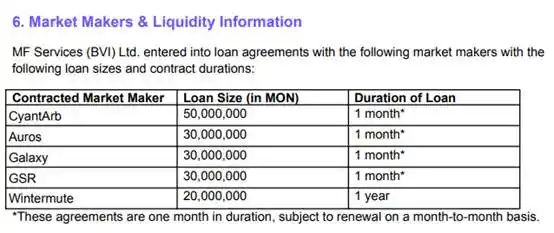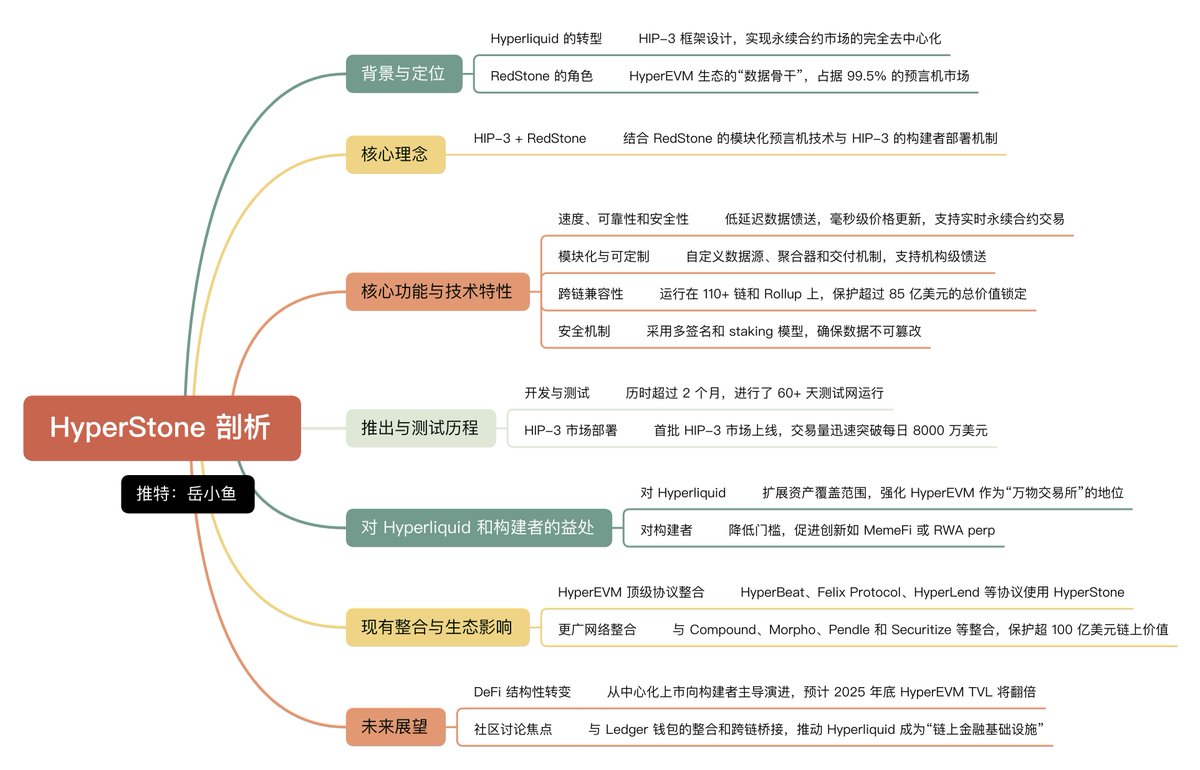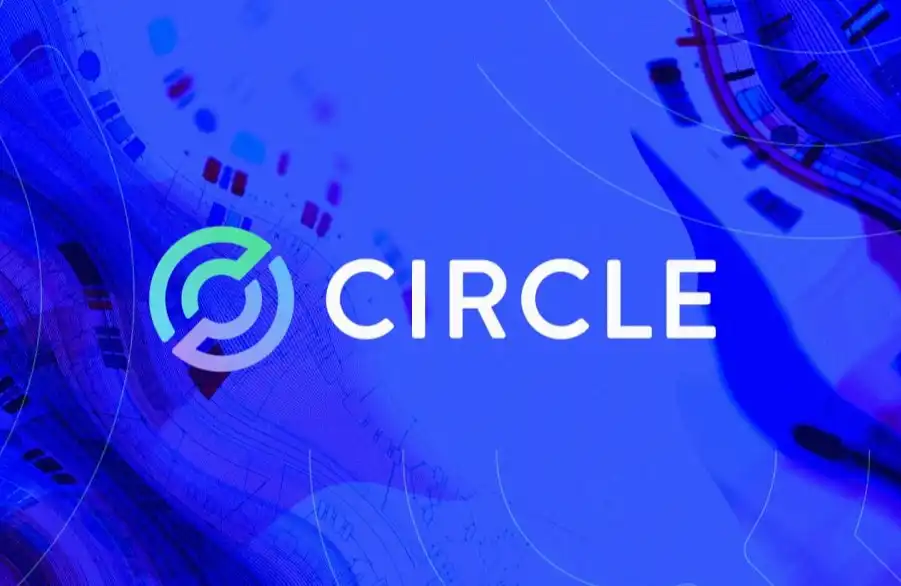A New Era of Token Financing: A Milestone for Compliant Fundraising in the United States
Asset issuance in the crypto industry is entering a new era of compliance.
The collaboration between Monad and Coinbase has become a hot topic this week. In addition to discussions about whether participating in the sale at a $2.5 billion FDV is worthwhile, as Coinbase’s first major market move, its “compliance level” has also sparked widespread debate, being regarded as a landmark event for compliance in the crypto industry.
Stablecoin USDC issuer Circle mentioned in its recently released Q3 financial report that it is exploring the possibility of issuing a native token on Arc Network. After nearly two years, Coinbase also announced in October this year, through Base chain co-founder Jesse Pollak in an interview, that it would launch a Base token. All signs indicate that asset issuance in the crypto industry is entering a new era of compliance.
What did Monad disclose in Coinbase’s issuance?
For this historic first issuance event by Coinbase, Monad Foundation’s subsidiary MF Services (BVI), Ltd. provided an 18-page disclosure document. This document clarifies Monad’s legal structure, financing details, and market-making plans, and includes an 8-page investment risk warning. Compared to previous market issuances, this is unprecedented and represents significant progress.
On the legal structure front, Monad clarified the following:
- The seller of Monad tokens is MF Services (BVI) Ltd., a subsidiary of Monad Foundation, with Monad Foundation as its sole director
- Monad’s three co-founders are Keone Hon, James Hunsaker, and Eunice Giarta. Monad’s core contributors are Monad Foundation and Category Labs.
- Category Labs is headquartered in New York, USA, responsible for Monad’s technical development, with James Hunsaker as Category Labs’ Chief Executive Officer
- Monad Foundation is a non-member Cayman Islands foundation responsible for community engagement, business development, developer and user education, and marketing services. Keone Hon and Eunice Giarta are the co-general managers of Monad Foundation. The foundation is overseen by a board of directors, including Petrus Basson, Keone Hon, and Marc Piano
These legal structure disclosures provide stronger protection mechanisms for investors, enhancing accountability and legal recourse.
On the financing details front, Monad clarified the following:
- Pre-seed round: Raised $19.6 million, conducted from June to December 2022
- Seed round: Raised $22.6 million, conducted from January to March 2024
- Series A round: Raised $220.5 million, conducted from March to August 2024
- In 2024, Monad Foundation received a $90 million donation from Category Labs to cover operating costs before the public launch of the Monad network. This donation is intended for Monad Foundation’s expected expenditures through 2026 and is part of the $262 million raised by Monad Labs in its various funding rounds
The disclosure of financing details avoids the fabrication of financing and resulting misvaluations that have plagued past crypto projects.
On the market-making plan front, Monad clarified the following:
- MF Services (BVI) Ltd. has signed loan agreements with five market makers: CyantArb, Auros, Galaxy, GSR, and Wintermute, lending a total of 160 million MON tokens. Wintermute’s loan term is one year, while the others are for one month, renewable monthly

- Third-party experts (Coinwatch) will monitor to verify the use of the loaned tokens, including idle balances of CyantArb, Auros, Galaxy, and GSR
- MF Services (BVI) Ltd. may also deploy up to 0.20% of the initial MON token supply as initial liquidity in one or more decentralized exchange (DEX) pools
- Tokens in market maker loans and initial liquidity are included in the ecosystem development allocation of the tokenomics
This is the first time a crypto project has disclosed such detailed market-making plans so transparently before TGE. Summing up all the above, it is also the first time we have seen the transparency of project issuance in the crypto industry approach that of traditional market asset issuance.
The Difficult Journey to Compliance
In 2017, Ethereum emerged, and ERC-20 brought a wave of market issuances, with a surge in projects and the industry’s first boom. But in that same year, July 2017, the SEC issued its first guidance on asset issuance. At that time, the SEC announced that any new cryptocurrency sold to investors seeking profit, and issued by a centralized company, would be considered a security and must comply with securities regulations.
According to this guidance, asset issuances in the US after this date were likely in violation of securities regulations and at risk of SEC lawsuits; since the guidance was published, several cases have been announced. According to the SEC’s 2018 annual report, in that year alone, among dozens of investigations involving asset issuance and digital assets, “many were still ongoing in fiscal year 2018.”
In November 2018, the SEC issued its first civil penalties for asset issuances conducted without proper securities registration. The projects Paragon (PRG) and Airfox (AIR) were each fined $250,000. In addition, they were required to register their tokens as securities and submit periodic reports.
In June 2019, Canadian social media company Kik Interactive became embroiled in a lawsuit with the SEC over asset issuance. To fight the SEC, Kik even established a new fund called crypto.org to raise enough funds for its legal defense.
The two largest market issuances in crypto history, EOS’s $4.2 billion and Telegram’s $1.7 billion, both became entangled in legal disputes with the SEC. Block.one paid a $24 million fine to settle with the SEC, while Telegram reached a $1.24 billion settlement over the Gram token issuance by its subsidiary TON Issuer. The $1.24 billion Telegram settlement included $1.22 billion in disgorgement and $18.5 million in civil penalties.
Celebrities and KOLs have also been sued by the SEC for related issues. John McAfee, founder of the famous antivirus software McAfee, was sued for failing to disclose income from promoting asset issuance tokens. Crypto KOL Ian Balina was also sued by the SEC for participating in the promotion of unregistered crypto asset issuances.
On July 10, 2019, the SEC approved blockchain company Blockstack PBC’s Reg A+ issuance, the first such compliant initial issuance under securities law. Another project, Props, also received SEC approval in July of that year. However, two years later, Props announced it would cease issuing its Props token under SEC Reg A+ after December 2021 and discontinue support for the Props Loyalty program. At the time, Props stated it had determined it could not maintain or further develop the Props Loyalty program within the existing securities regulatory framework. Due to the lack of relevant, authorized domestic trading platforms, such as Alternative Trading Systems (ATS), US holders of Props tokens were restricted from trading their Props tokens, and similar factors hindered Props’ development.
For a long time, this model has been plagued by compliance issues, and after the frenzy of 2017, it was gradually replaced by VC investment, exchange IEOs, and retrospective airdrops. Therefore, Coinbase’s move to bring back asset issuance is not seen by the market as a simple “nostalgia,” but as a “return” of asset issuance in a brand-new form, in a structurally new market, after years of compliance advancement in crypto.
The Return of Asset Issuance
On November 12, Bitwise CIO Matt Hougan stated that Coinbase’s new Launchpad marks the strong return of crypto-based capital formation. Compliant asset issuance is expected to become a core theme in 2026 and reshape the startup financing model, becoming the fourth pillar of crypto’s disruption of traditional finance. The previous three pillars are: bitcoin’s reshaping of gold, stablecoins’ reshaping of the US dollar, and tokenization’s reshaping of trading and settlement.
Matt Hougan said that early asset issuance experiments proved that blockchain technology could connect entrepreneurs and investors faster and at lower cost than traditional IPOs, even if previous booms failed. The key difference this time is regulation and structure. Current SEC Chairman Paul Atkins (who co-chaired the crypto advocacy group Token Alliance supporting asset issuance and serves on the board of tokenization company Securitize) has recently called for new rules and safe harbor mechanisms to support compliant token issuance, and Coinbase’s new platform is the first major practice in this direction.
By 2025, asset issuance already accounts for about one-fifth of all token sale volume, whereas two years ago this share was negligible. Platforms such as Echo, Kraken Launch, and Buidlpad not only adapt to current compliance requirements, but compared to the rough mechanisms or simple gas wars of the past, have made significant progress in self-custody, multi-chain issuance support, and access channel control. We have already seen very successful cases such as Plasma and Falcon Finance on these platforms.
The return of asset issuance is a manifestation of the crypto market bearing fruit after years of compliance exploration. We will see more and more serious issuance cases like Monad, and retail investors will receive better protection. As mentioned at the beginning of the article, projects like Arc from Circle and Base from Coinbase, which were previously thought unlikely to issue tokens, are now sending new signals in today’s mature compliance environment.
We are entering a new era.
Disclaimer: The content of this article solely reflects the author's opinion and does not represent the platform in any capacity. This article is not intended to serve as a reference for making investment decisions.
You may also like
Leading DEXs on Base and OP will merge and expand deployment to Arc and Ethereum
Uniswap's new proposal reduces LP earnings, while Aero integrates LPs into the entire protocol's cash flow.

The Future of Hyperliquid: HIP-3 and HyperStone
The future of Hyperliquid lies in HIP-3, and the foundation of HIP-3 is HyperStone.

Circle, the First Stablecoin Stock, Releases Q3 Financial Report: What Are the Highlights?
By the end of the third quarter, the circulating supply of USDC reached $73.7 billion, representing a year-on-year increase of 108%.

Under the DeFi buyback wave: Uniswap and Lido face "centralization" controversy
As platforms such as Uniswap and Lido promote token buybacks, various protocols are facing questions regarding control and sustainability amid growing concerns over centralization.

